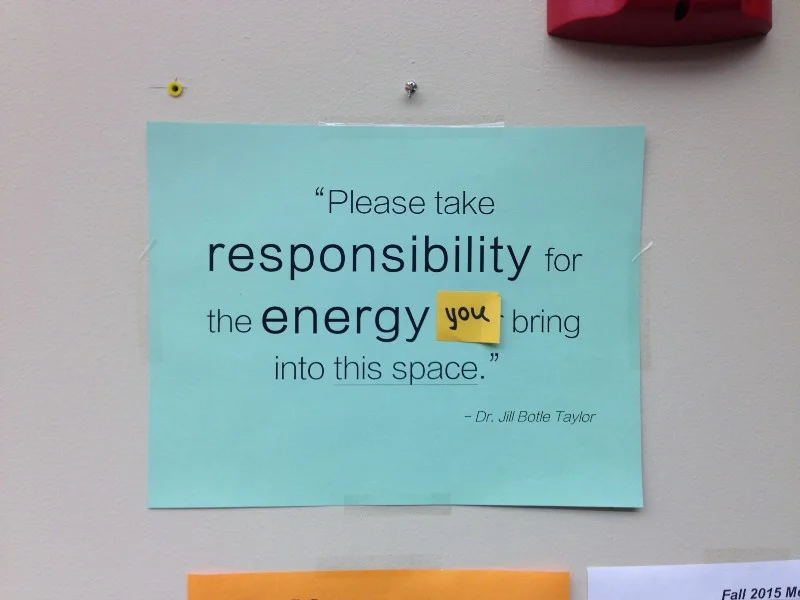What’s there for journalists to learn from emergency medicine? Quite a lot actually. By setting standards of care, asking the right questions, and communicating about the process, journalists can ease suffering and create a sense of safety for the communities they serve.
Read MoreAs organizations, building belonging is more than just doing social good. It’s the way companies from Apple to REI to Whole Foods to SoulCycle have built businesses — by making their customers feel like they’re a part of something greater than themselves. And as mission-driven organizations, you don’t have to feel like you’re faking it when you build belonging into the value you provide.
Read MoreIf you’re in the US, the postal service’s direct mail marketing is a great way to target a geographic community for engagement. We learned about this approach was introduced from Michelle Ferrier at The School of Journalism & Graphic Communication at Florida A&M University. Their direct mail survey of the needs of residents in a community in southeastern Ohio had a 7% response rate and created an opportunity for other newsroom to replicate the approach.
Read MoreAcross the US and Canada, news organizations are launching marijuana verticals to cover this “new, legitimate industry.” Focused on macroeconomics trends with $999 subscriptions and behind hard paywalls, they are ignoring the cannabis communities that have been there all along, suffering imprisonment, violence, and addiction under prohibition of a drug less dangerous than alcohol.
That doesn’t mean that news organizations shouldn’t launch verticals that provide news and information to emerging businesses and markets. It just means that — as always — news organizations need to be conscious of who they have systemically ignored and move to center their reporting around those communities when the opportunity arises.
Read MoreAs more engagement initiatives crop up at newsrooms around the world, the challenge has turned to making engagement part of the day-to-day work of newsrooms—and making a clear linkage between more deeply engaged audiences and communities, and more financially successful newsrooms.
Read MorePublic radio station KPCC decided to tackle the problem of voter disengagement head-on with a multi-platform approach that incorporated in-person events, radio segments, and direct interaction with its audience via GroundSource. For the 2018 midterm election, the station fielded 307 questions via their GroundSource-supported Human Voter Guide and responded to 275.
Read MoreUntil recently, news organizations have not been overwhelmingly forced to reckon with how they reproduce existing dominant power relations, the thing that makes spaces less safe.
That includes considering the language they use (undocumented immigrant instead of illegal immigrant) or their points of reference (the view from nowhere or white heteronormative male points of view). The standard operating procedure for news organizations was to use people’s lives to produce content without any concern for the people whose lives they were touching.
A new report found that distrust of the media stems from that. What news organizations report and how they do it gives them undue and unchecked influence over the communities consuming or being featured in the news.
Read MoreMany newsrooms talk about engagement, about connecting with communities they aren’t reaching, or deepening existing connections. Too often though they get stuck, and time is typically the named culprit (although time is just another way of saying priorities). They know what they’re doing isn’t reaching everyone, or forging deeper connections, but we just don’t have time to do more.
Two very different news outlets tackled the time problem head-on, each creating an engagement experiment limited to a single week.
Read MoreThe long awaited release of Apple’s Podcast Analytics in 2017 was a gift to podcasters who want to read tea leaves to anticipate their audience’s needs. Like many developments on content distribution platforms, it promotes advertising to large audiences, not deeper connections.
You need to build community to make those connections. Reveal’s podcast from the Center for Investigative Reporting is using GroundSource to do just that.
Read More












